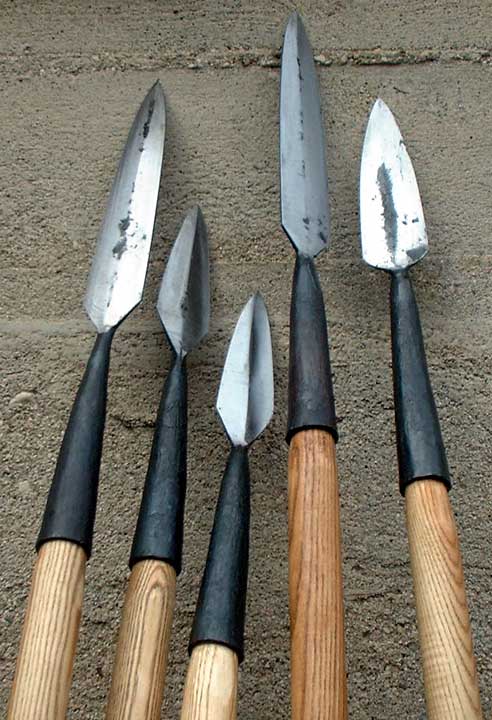ThorNews describes itself as 'a supplier of Norwegian Culture' - with a very heavy load of Viking Age topics represented.
Author Thor Lanesskog had chosen to use an image of a group of replica spears I had made to help illustrate today's blog post :
The Viking Age Spears – “The Ones Who Stare from a Long Distance”
on" The majority of the spears are decorated with fish bone patterns, pattern forged along the middle of the blade "
I sent back a bit of a clarification :
The 'forged pattern' is the result of welding layers of soft and hard iron metals together, then twisting and welding again, most typically to form the core part of a blade. There are some (unresolved) questions about why this method, called 'pattern welding' in archaeology, was undertaken originally. It can provide functional advantages, especially for long blades (so with swords). It may be as simple as building up a larger block when all the smith had were small pieces. The techniques were also clearly used for their decorative effects. Spears using pattern welding a very good example.
'Wolf's Tooth' actually refers to a specific effect caused by a specific method of working with the starting layered bars. I would refer you to the work of British blacksmith Owen Bush, who I know has investigated how to duplicate those specific patterns.












